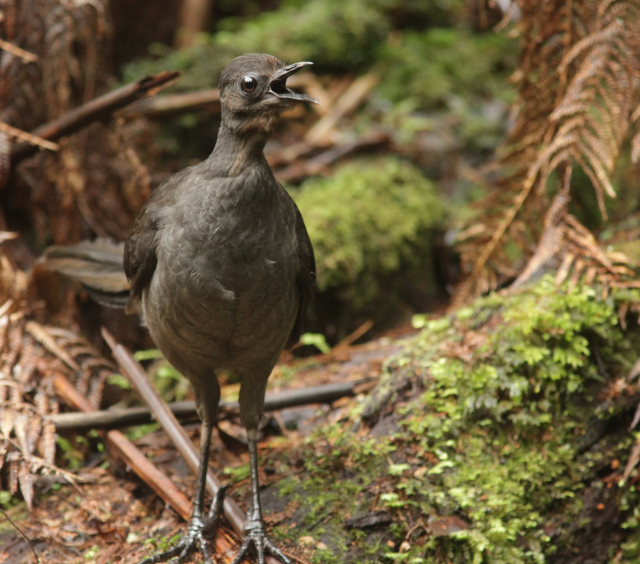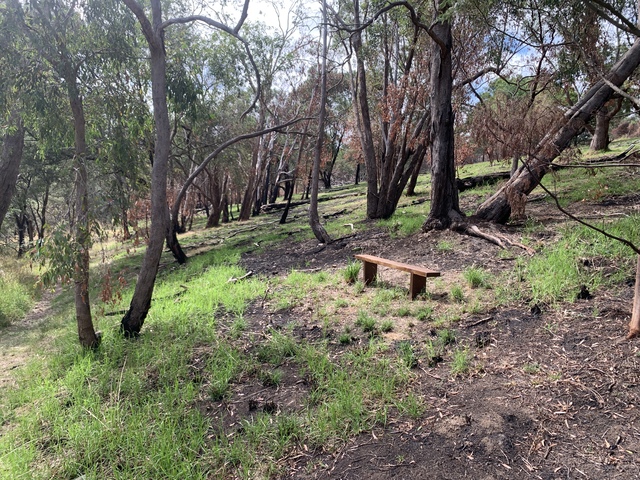The female Superb Lyrebird will be celebrated at an upcoming event at the Monbulk Living and Living Centre with guest speaker Dr Vicky Austin, researcher of Lyrebird vocalisations.
The ‘Singing to Survive’ presentation will be held by Friends of Sassafras Creek (FOSC) this Thursday and will uncover the untold secrets of the incredible females.
“By using a lot of wildlife cameras, Vicky has been able to uncover a lot of secrets,” FOSC President Jane Hollands said.
“This is what she is going to tell us about, some of the behavior which wasn’t hasn’t been seen before – and the females role in bringing up the male Lyrebirds, because it’s a job that only the female has.”
Dr Austin will present footage she has collected of how Female Superb Lyrebirds interact with other females and how they teach the young males to sing – the study one of the first of its kind. But Dandenong Ranges locals have also been keeping a close eye on the birds for years.
“There’s a fabulous population [in the hills] and the Lyrebird Survey Group has been observing it for over 60 years,” Jane said.
“There’s fantastic documentation of the Lyrebirds, and [they’ve] followed their journey over that time and done a lot of work to maintain the population.”
Alex Maisey is a member of FOSC and the Lyrebird Survey Group, and said the population has more than doubled in Sherbrooke over the last 20 years.
“It’s a really significant area with seven threatened species, at least, and some really special vegetation that we try to look after by pulling out weeds and revegetating with Indigenous rainforest plants.
“We’re a diverse group of volunteers that love getting out into that environment and just kept quietly and slowly – but surely – working to reverse the degradation of the last 200 years.”
Part of that work has been monitoring the local Lyrebird population with an annual dawn count with interested community members, huddling at a campfire and then heading out into the forest with an experienced survey group member.
“We go to designated spots in the forest and wait for the birds to wake up because Lyrebirds actually sleep up high in the gum trees. And as dawn breaks, they start to sing territorially, the males need to tell the females where they are and tell the other males ‘I’m still here, this is my territory,’” Alex said.
“Using a compass and a watch and trying to note down a very rough estimate of how far away each bird is, you plot the time and direction that they start calling in.
It’s one of the the only ways that parks have really monitored the effectiveness of their predator control program for foxes because foxes are an introduced predator and they are very good at knocking off Lyrebirds,” he said.
The Lyrebird population in Sherbrooke Forest has been estimated to lie between 150 and 200 – a saturation point where corridors like Sassafras Creek are being used to move through to other parts of the National Park, and the birds are entering private property on their way, Alex said.
“It’s really important for locals to try to deal with their weeds… where they’ve got natural bushland, it’s a really important part of landscape that live birds can use”
“If they’re able to plant some native plants and get rid of ivy on the ground or up trees or Sycamore Maples which just smother everything – the Lyrebirds will be much happier for it.”
He said Female Superb Lyrebird mimicry has been discounted by scientists in the past as a “byproduct of evolution” and it is exciting to learn about the female’s “fantastic” mimicry which is every bit as good as the males’.
“I think people are really interested in the female story so I do expect we’ll get quite a reasonable turnout, which is great.”
The Monbulk Living and Learning Centre is located at 21 Main Rd, Monbulk VIC 3793.
The presentation will begin at 7:30pm on 5 May, and a zoom link is available for those who cannot attend in person.
For more information and to register, email foscreek@gmail.com.







